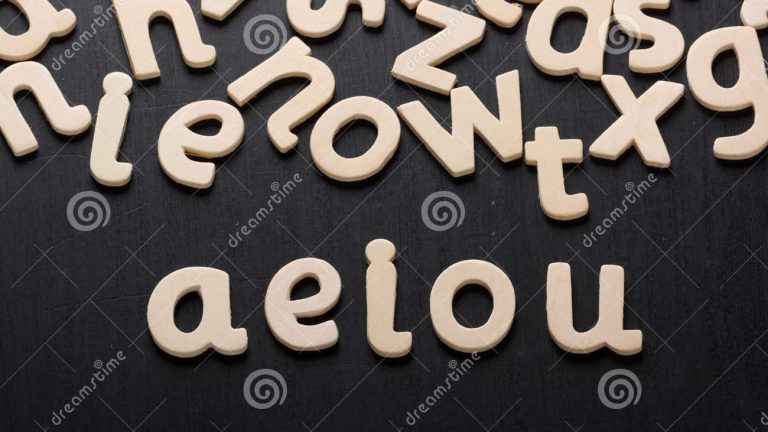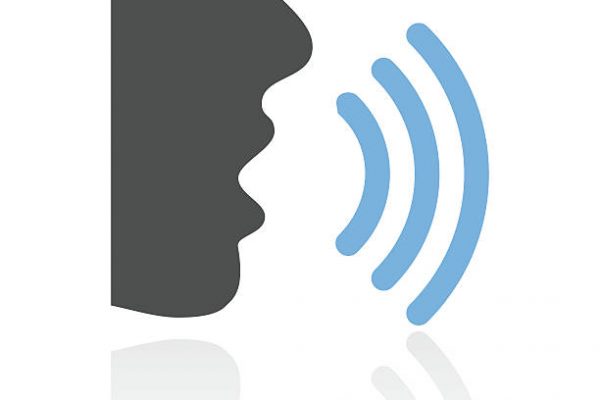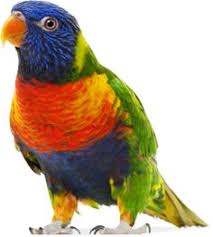As we all know, the Igala alphabet was created from the English alphabet. However, in the pronunciation of the letters of both alphabets, we notice stark differences in how their vowels and consonants sound. In terms of number, the vowels of English are five, while those of Igala are seven, as shown in the Table below.
In this post, the individual vowels of the two languages are juxtaposed in two columns in the Table below and their peculiarities highlighted. The aim is to guide the learner to note and internalize the three basic tones of Igala speech and also to commit to memory their corresponding tone (or accent) marks. Various examples of the three basic Igala tones and their English translations are also provided.
|
English Vowels |
Five (5) English Vowels A E I O U a e i o u |
Igala Vowels |
Seven (7) Igala Vowels A E Ẹ I O Ọ U a e ẹ i o ọ u |
|
Aa |
The ‘a’ manifests two types of sounds:
|
Aa |
This tiny phonemic unit, ‘a,’ is capable of altering its tone at three basic levels, namely:
|
|
Ee |
The English ‘e’ manifests two characteristic sounds, namely: (i) the shrill /i:/ sound. E.g. me, he, we, be, fee, sheep, etc. It is often confused with the Igala ‘i,’ which could mislead one to write: ‘éñmí ’ (grass-cutter) or ‘Àmí ’ (Amen), write: ‘éme’ or Àme, reflecting the English ‘e’ (as in ‘be, he, she). (ii) the English ‘e,’ as in: men, pen, send, friend, bend, mend, sometimes, sounds like the Igala /ɛ/. It could be a trap. So, try and avoid the confusion in speech or writing. |
Ee |
Pronounced /é/ (like the English /ay/). Occurs at three basic levels of tone, namely: (i) High tone ( ́). E.g. wé (to stop doing something); égbé (grass); kékélé (to be small). F’álu ná mélémélé. (to lick the lips with relish). (ii) Mid tone ( ). E.g. Eee (Yes, Affirmative). (Synonym ‘Oo’); awa, agba, mẹ gba (Greetings), kpologodoo (to be completely empty). E.g. Éjéefù wẹ tẹ́ kpologodoo. (Your room was completely empty). (iii) Low tone ( ̀) E.g. lè (went) (past tense); dè (to guard); yègèyègè (to be scanty); etc. |
|
I |
The subdued sound, pronounced /i/. E.g. it, pit, fit, with, sit, grit, slit, etc. |
Ẹẹ |
The sound ‘ẹ,’ pronounced /ɛ/, like other Igala vowels, occurs at three tonal levels, namely: (i) High tone ( ́). E.g. jẹ́ (to accept); mẹ́ (to lend or borrow); kpẹ́ (to share); fẹ́fẹ́ (to be clean); kẹ́kẹ́ (to be small). (ii) Mid tone ( ). E.g. ẹ, wẹ (you (singular pronoun); jẹ (to eat); mẹ (you plural pronoun); bẹẹlẹ (adverb) in large numbers). E.g. Àmonẹ̀ kwú jọ bẹẹlẹ. May people perished. (iii) Low tone ( ̀). E.g. dẹ̀ (to shine); gbẹ̀ (to be great); gwẹ̀ (to wash); rẹ̀ (to throw up); |
|
Oo |
Pronounced at two levels of tone, namely: (i) The English sound /ou/. E.g. go, no, woe, foe, goat, moan, foam, etc. (ii) The sound /ɔ/. E.g. not, cot, pot, rot, dot, hot, lot, etc. It is the equivalent of the Igala ‘ọ’ sound. |
Ii |
The sound ‘i,’ pronounced /i:/. Like the other Igala vowels, it also occurs at three basic levels of tone, namely: (i) High tone ( ́). E.g. mí (to rest); lí (to see); hí (to weave); nyí (to create); pí (to sew masterfully); fí (to mystify). E.g. Ì ch’ẹ̀fí (Emphasis for ‘It is beyond what words can express.’ etc. (ii) Mid tone ( ). E.g. fii (distantly); kiili (completely); jimm (lifelessly); etc. (iii) Low tone ( ̀). E.g. hì (to cook); jì (to tie/bury); mì (to swallow); nyì (to breach a trust); etc. |
|
Uu |
Oo |
Pronounced /o/, this highly musical tone frequents the domains of the three basic tones: (i) High tone ( ́). E.g. óbó (soup); ógbó (old age); óló (poison); ólóló (too much); óyó (fatness); Óóó (Oh). (Sound indicating regret, pity, contriteness, etc.) E.g. Óóó, m’ú du baá mi. (Oh, forgive me). E.g. Óóó, ú mà nóò. (Oh, I didn’t know). (ii) Mid tone: Here, remember our Empty space ( ) sign. E.g. Ooo (Okay; alright, I agree, affirmative). E.g. Ooo, ù che égbọ́. (Alright, I have heard you). (iii) Low tone ( ̀). E.g. òdò (yellow); ògòdò (to be watery instead of being solid); òkpò (fright); òtò (a large gourd water). |
|
|
Ọọ |
Pronounced /ɔ/, this tone also functions mostly at three levels: (i) High tone ( ́). E.g. ọ́dọ́ (year); Ọ́jọ́ (God); ọ́lọ́ (deformity); ọ́kọ́ (money); ọ́rọ́ (flesh); ọ́wọ́ (hand), etc. (ii) Mid tone ( ). nọ (to stiffen); rọ (to roast); tọ (to leap); wọ (to pull out); gbọọlọ (to be long). (Also kọọlọ); etc. (iii) Low tone ( ̀). E.g. yọ̀ (to be cheerful); kọ̀ (to refuse); nyọ̀ (to be good/beautiful); nọ̀ (to grind); gọ̀ (to be crooked); ọ̀dọ̀ (wall); ọ̀lọ̀ (yarn); ọ̀rọ̀ (draw-soup); Ọ̀wọ̀ (Sallah); ọ̀kọ̀nyọ̀ (a cruel look); etc. |
||
|
Uu |
Pronounced /u/, similar to the Englisn /u:/ as in cute, mute, etc. It functions at three tonal levels in Igala speeh, namely: (i) High tone ( ́). E.g. tú (to untie); gwú (to pound); kwú (to die); mú (to arrest); úlú (seed). (ii) Mid tone ( ). E.g. du (to take); tu (of a boil, to burst open); lu (of a light, to extinguish); kwu (to slaughter); etc. (iii) Low tone ( ̀). E.g. dù (to defeat); fù (to grow); gwù (to climb); lù (to smell); èkwùkwù (noise); òjùjù (consultative meeting). |








